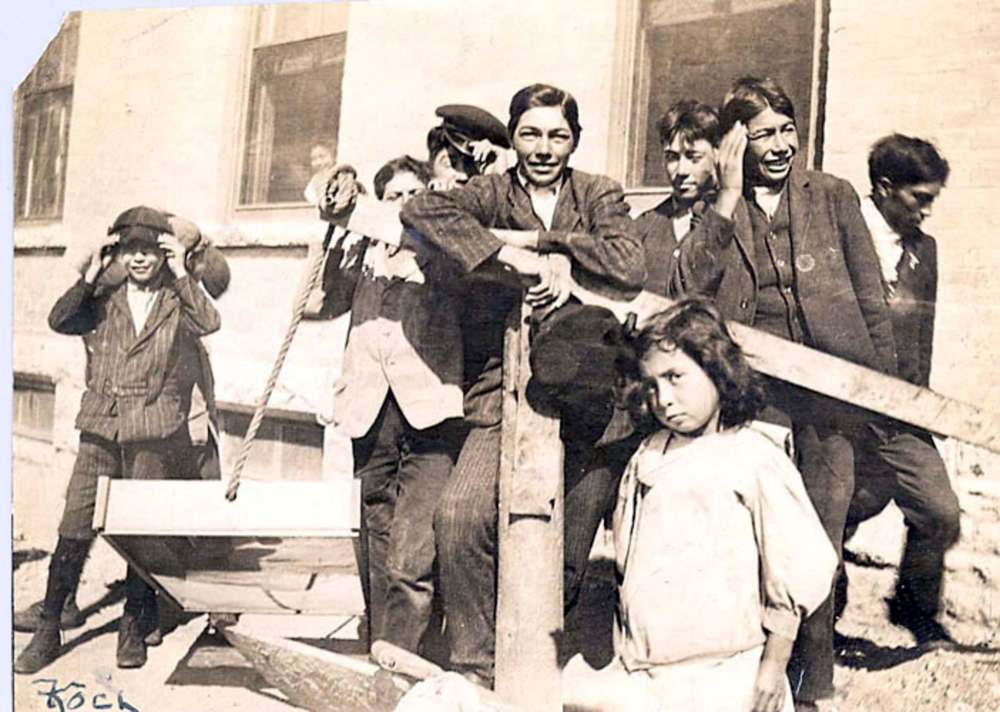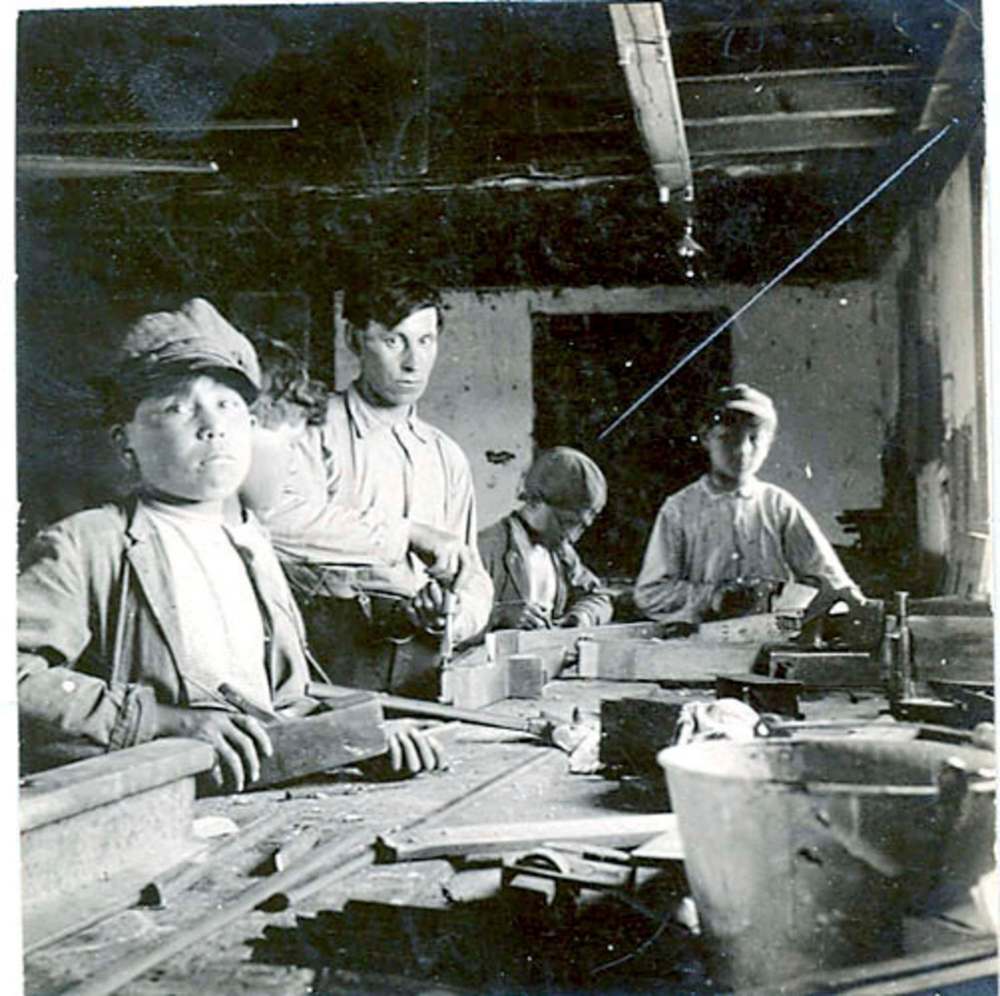Investigation planned at former residential school site
Advertisement
Read this article for free:
or
Already have an account? Log in here »
We need your support!
Local journalism needs your support!
As we navigate through unprecedented times, our journalists are working harder than ever to bring you the latest local updates to keep you safe and informed.
Now, more than ever, we need your support.
Starting at $15.99 plus taxes every four weeks you can access your Brandon Sun online and full access to all content as it appears on our website.
Subscribe Nowor call circulation directly at (204) 727-0527.
Your pledge helps to ensure we provide the news that matters most to your community!
To continue reading, please subscribe:
Add Brandon Sun access to your Winnipeg Free Press subscription for only
$1 for the first 4 weeks*
*$1 will be added to your next bill. After your 4 weeks access is complete your rate will increase by $4.99 a X percent off the regular rate.
Read unlimited articles for free today:
or
Already have an account? Log in here »
Hey there, time traveller!
This article was published 05/06/2021 (1583 days ago), so information in it may no longer be current.
Interrupted by the pandemic, an investigation to identify children buried in unmarked graves off Grand Valley Road is still being planned.
Brandon University offered an update on the delayed effort Friday, a week after the issue was thrust back into the international spotlight.

Last week, it was announced burial sites at the former Kamloops Indian Residential School site in B.C. included the bodies of 215 children.
The former Brandon Residential School property along Grand Valley Road in Brandon is long known to have also housed bodies.
At latest estimate, more than 100 potential unmarked graves are believed to be spread through three burial sites, including those at Turtle Crossing Campground, the Sioux Valley property at the north side of Grand Valley Road and the Brandon Research and Development Centre property.
Investigation into these graves began in 2012, resulting in a report by then-University of Manitoba master’s student Katherine Nichols, who found death records for 70 children.
A site survey indicated the existence of additional unmarked graves.
Funding was received from the Social Sciences and Humanities Research Council of Canada in April 2019 to pursue the project further, but the pandemic interrupted the effort.
This funding, a Brandon University spokesperson clarified, does not include the land at Turtle Crossing, where approximately 50 bodies are believed to have been buried.
Although the project has been delayed and no fresh timeline has been provided, Sioux Valley Dakota Nation Coun. Evelyn Pratt said she’s optimistic things will soon speed up.
“With all the media attention this is getting I’m sure they’ll be getting funding flow into our communities to do all the research necessary,” she said Friday, adding this work has already been long overdue.
“When I hear about his news, I think about all the elders who have passed on. … I think of them and what they had to endure, and in their memory I’m glad this work is going to begin.
“All the wrongs can not be corrected, but at least there’s a willingness to recognize that it was not a good situation for the First Nations people in Canada, especially children.”
The Brandon Residential School Cemeteries Project intends to identify the names of children who died at school while it was in operation from 1895 to 1972, according to Brandon University’s release.
“Using forensic methods coupled with archival research and interviews with survivors, the project team will reclaim the identities of children and work with affected communities and families.”
Project collaborators include people from Sioux Valley Dakota Nation, Simon Fraser University, Brandon University and the University of Windsor.

Project collaborators include Simon Fraser professor and project lead Eldon Yellowhorn; Simon Fraser PhD candidate Katherine Nichols; Simon Fraser faculty researchers Donna Reder, Hugo Cardoso and Dongya Yang; University of Windsor professor John Albanese; Brandon University professor Emily Holland alongside student Darian Kennedy and other student research assistants.
Despite repeated messages left with her this past week, Sioux Valley Dakota Nation Chief Jennifer Bone has consistently either declined to speak with the Sun or said she was too busy, deferring all comments to written statements.
“Despite the associated ethical, legal and logistical challenges, the Sioux Valley Dakota Nation is committed to ensuring that community-led research is grounded in culture, following the guidance of our Elders and is conducted in a holistic and ethical way,” she said in Friday’s release.
The researchers behind this project “are currently letting the release stand on its own,” a Brandon University spokesperson said, noting they were planning a wider media availability in the future, but wanted information out in the public as soon as possible given how timely it was.
“This project has the potential to facilitate reconciliation,” Holland said in the release. “At the core of our work is ensuring that we respectfully follow the desire of Sioux Valley Dakota Nation and associated Indigenous communities as to steps forward.”
Pratt said she’s pleased to see this past week’s resurgence in public awareness on the residential school system.
Canadians often see their nation as a leader in humanitarian causes around the world, and the residential school system a clear blotch on their record that she said needs addressing.
“Hopefully this is the beginning of that. They talk about Truth and Reconciliation — that’s a huge area. Lots of work needs to be done there to address all of the issues that are affecting First Nations people.”
» tclarke@brandonsun.com
» Twitter: @TylerClarkeMB
